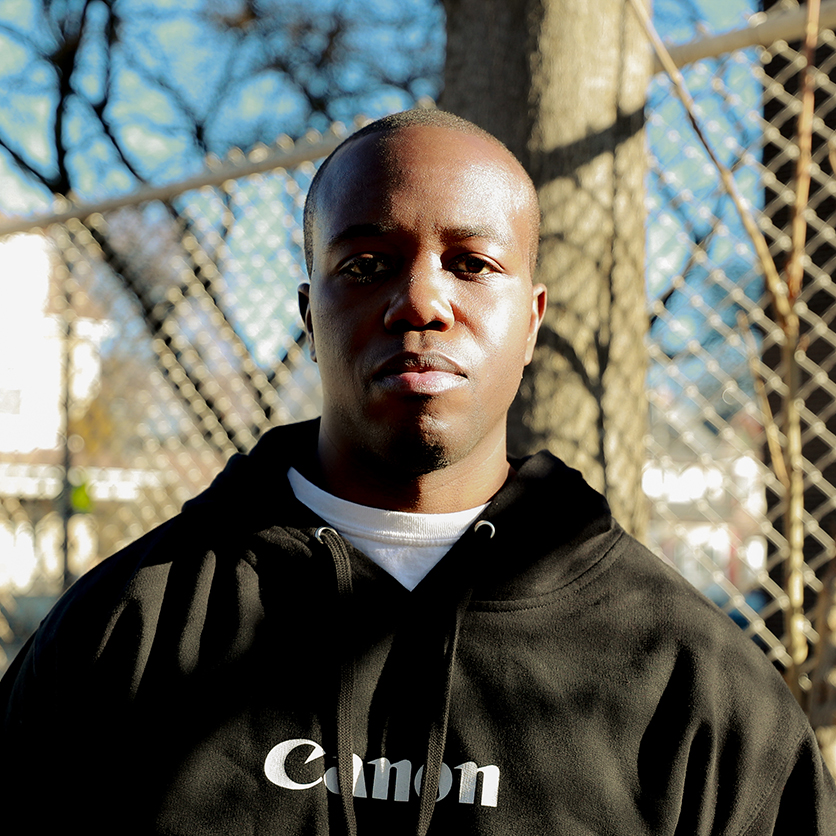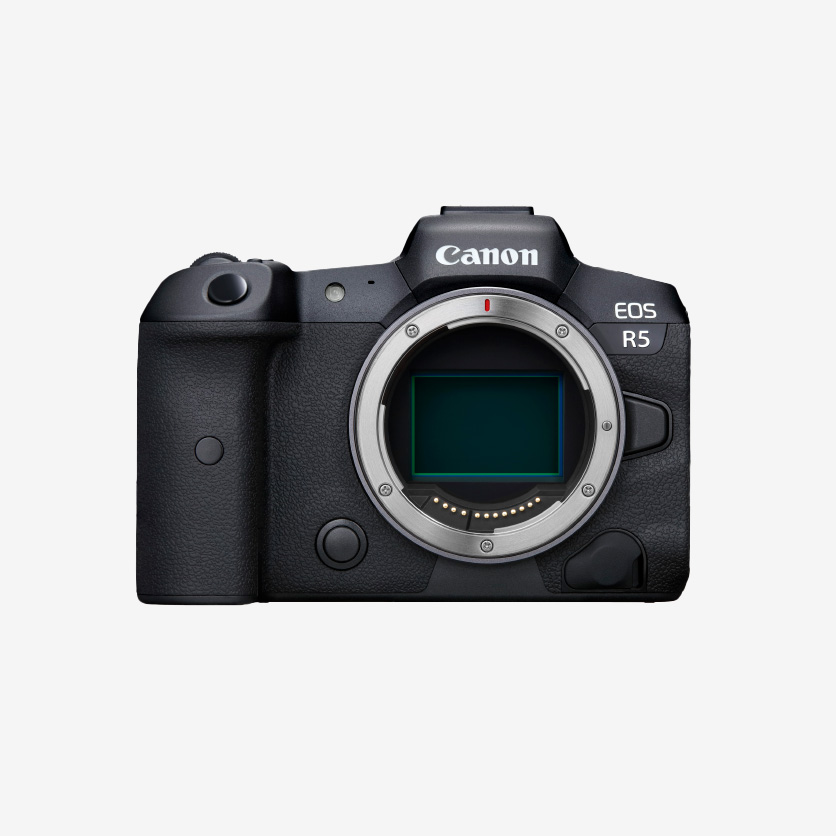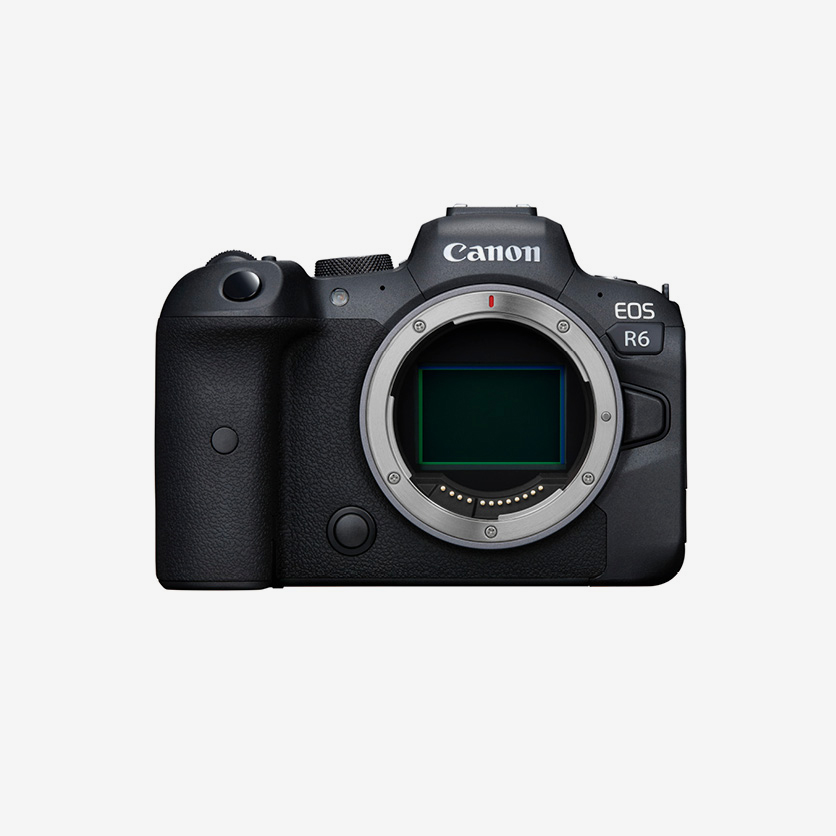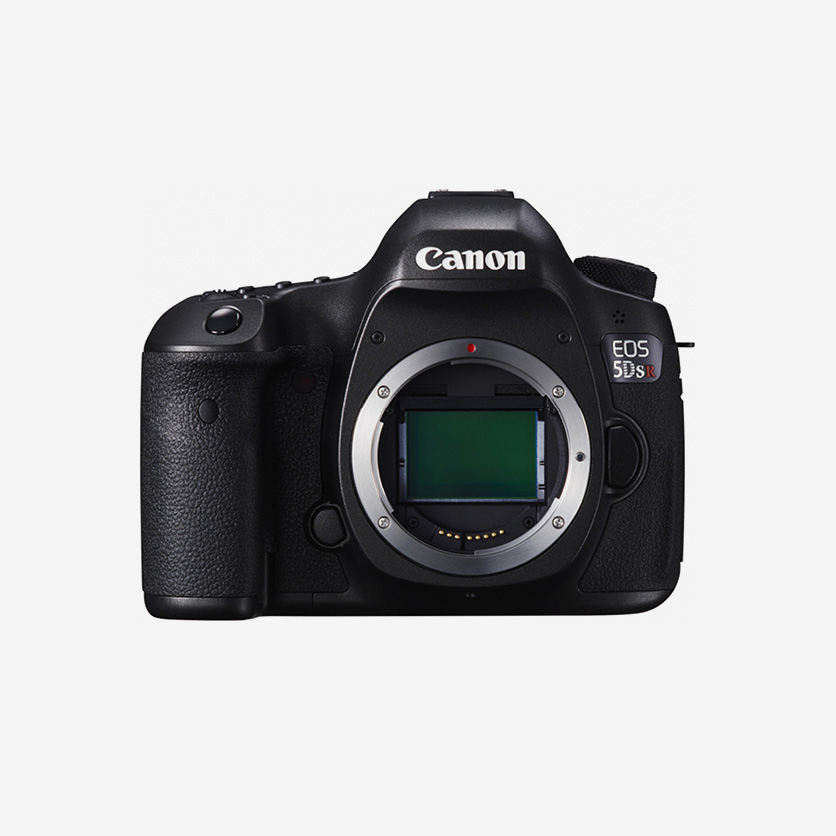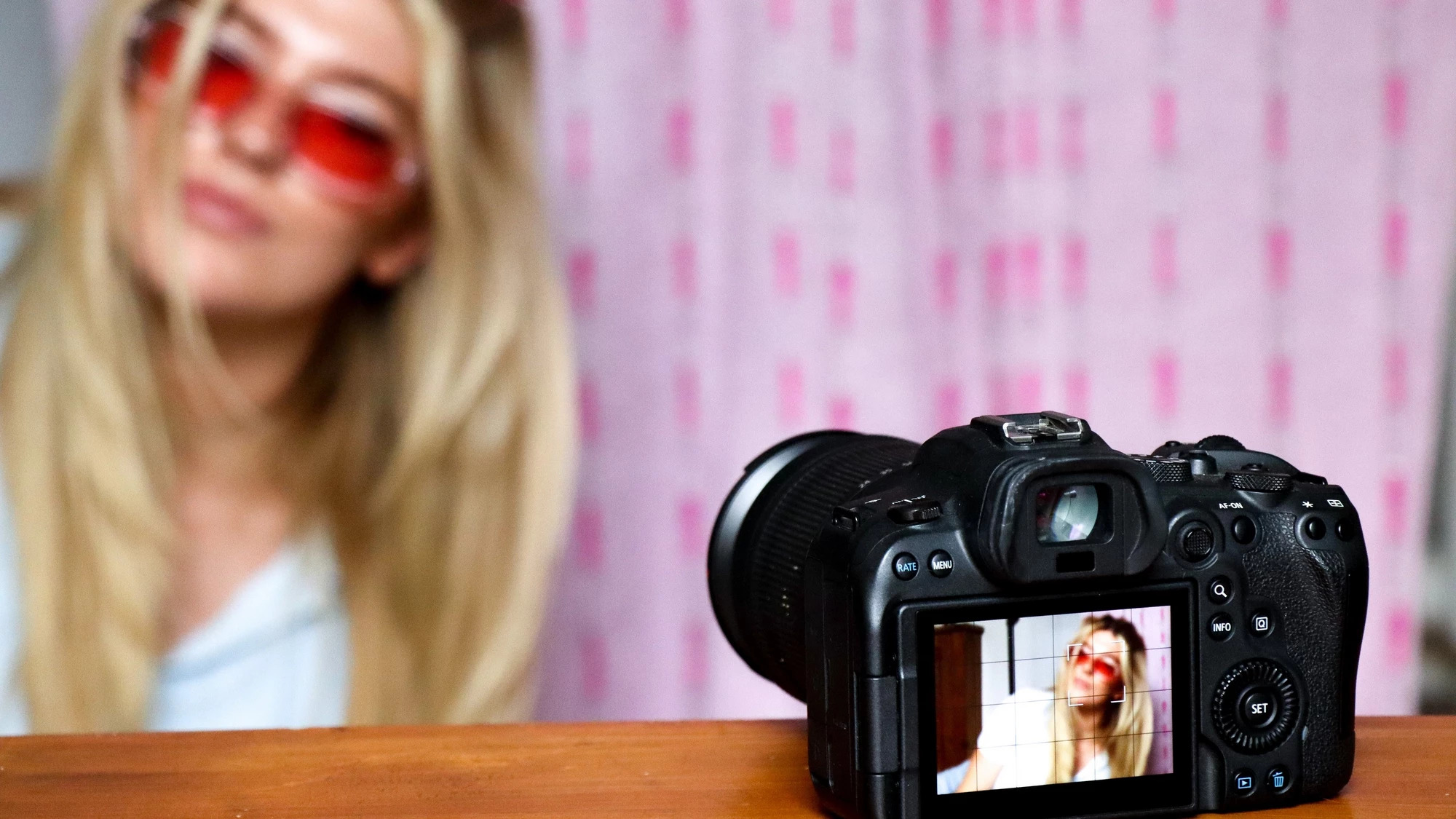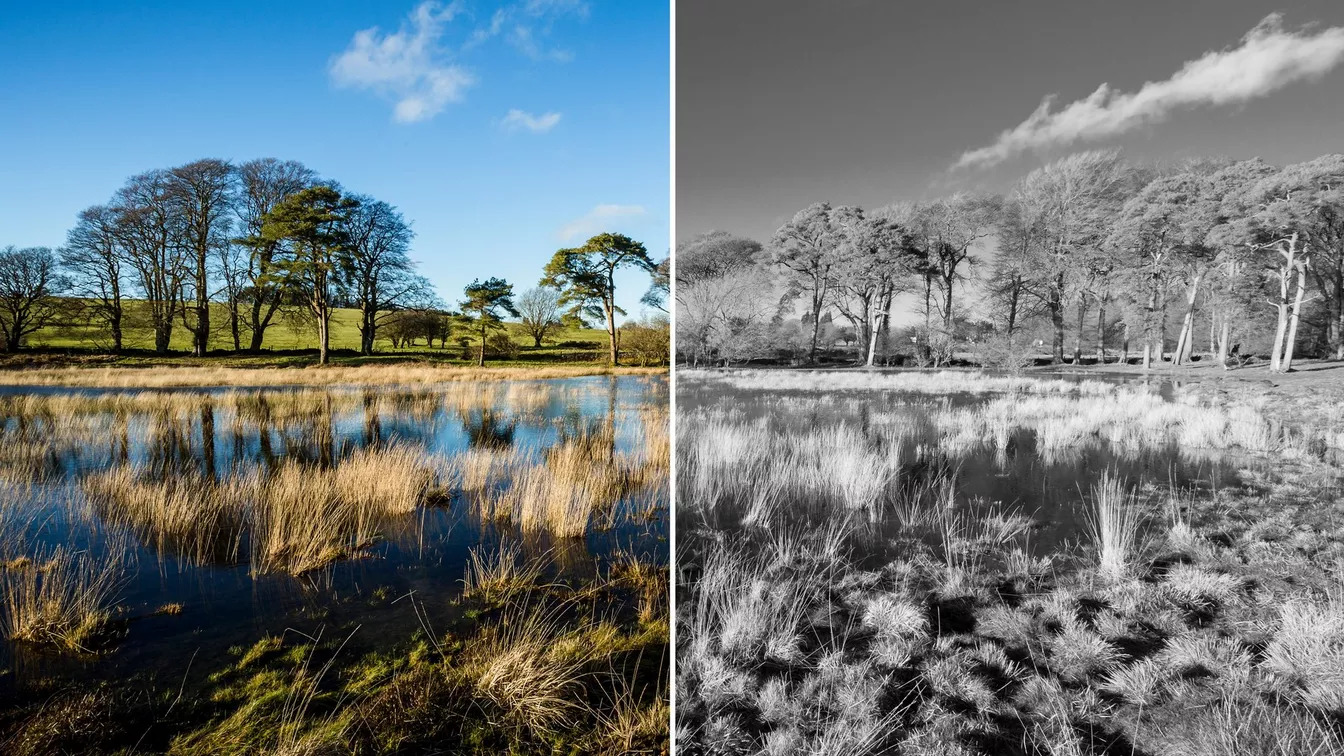Ajani Charles’s parents recognized their son’s propensity for the visual arts early on. When Charles was nine, they had him audition for the Claude Watson Arts Program. He entered the specialized arts program through the Claude Watson School for the Arts. By age 12, Charles had developed an interest in photography. With no courses offered through his school, or any other elementary or middle school associated with the Toronto District School Board, Charles’s father signed his son up with the Toronto School of Art.
“My father rented Canon SLR cameras for me,” says Charles. “I learned how to develop my own film in a darkroom. I was hooked. Using a professional Canon body, using professional lenses, the process of shooting, the process of developing my own film, I fell in love with it almost immediately. I’ve identified as a photographer ever since.”
Learning to shoot on film shaped how he shot and how he developed as a photographer.
“The use of film is still very salient in my mind and in my body,” he says. “In high school, I would use my allowance to purchase film, and my allowance wasn’t much, so from a practical perspective, I had to make every shot count. Learning how to shoot with film, learning how to develop film made me far more mindful, far more meticulous as a photographer, especially in my teenage years. Without that, I wouldn’t be as technically skilled as I am now.”
Charles has shot professionally since 2008 and operated his own production company since 2014.
Finding his career path
However, it was not a straight line from specialized arts student to professional photographer. Charles was unsure what he wanted to do career-wise after high school. While he gravitated toward something in the arts – he gained acceptance into multiple programs in both Canada and the U.S. – he opted to study philosophy at the University of Western Ontario in London, hoping it would give him clarity. After immersing himself in extracurricular activities in high school – Charles uses words like “perfectionistic” and “neurotically overachieving” to describe his mindset – he focused solely on his studies for four years.
“Through the process of studying philosophy, and especially existentialism, I realized during my last semester that pursuing photography professionally would be the wisest decision for me,” he says. “Aligning every aspect of my life with art, which is what I’m most passionate about, would be the wisest decision for me.
“Once I made that decision, I had a lot of catching up to do.”
For starters, the film aficionado had to learn digital photography. He asked more experienced photographers to critique his work. He entered apprenticeship programs. He interned. “Through that process, I improved significantly within a few years.”
Today, Charles is a multi-hyphenated talent: photographer, director, producer, filmmaker and writer. He is also a mental health advocate. Personal experience spurred his advocacy.
Mental health advocacy
“In 2014, I had an existential crisis,” he says. He wrote about it earlier this year in the Toronto Star. He describes coming to understand how many of his unhealthy beliefs and habits were based in childhood conditioning. “In many ways, I did a 180 and was able to cultivate greater mental health. I was able to form healthy relationships.” He learned more about how the human mind operates and how people are conditioned by the process of socialization. “As a result, I began developing myself into a mental health advocate, helping others who are experiencing existential crises, or addiction issues, or suffering from past traumas.”
Charles regularly donates his time, services and capital from commercial projects to nonprofit initiatives that support mental health. “I realized how much guidance I could have benefitted from when I was younger,” he says. “I’m very fortunate. My mother is a psychiatric nurse, and she inspired me to become a mental health advocate in many ways. Seeing how many young people are lacking in support in terms of their psychological development was a great source of inspiration for me.”
Charles became a mentor through the Centre for Addiction and Mental Health (CAMH), where his mother was once a nurse. Through the Photovoice program, he taught clients various photography-based skills and the basics of Photoshop. “It was a great experience seeing the joy that was brought to the clients and seeing how engaged they were in shooting, editing and critiquing one another’s work.”
With CAMH’s volunteer activities currently on hold, Charles has found other ways to combine photography and advocacy. He is the art director for Operation Prefrontal Cortex, a mindfulness and meditation program designed to reduce gun violence, mass violence and police violence in Toronto. His role includes producing photos and videos, as well as managing the social media marketing and content marketing strategies. Charles’s mentor, Julien Christian Lutz, professionally known as Director X, cofounded the program.
He is also coproducing a documentary about mental health issues among millennials. Called Layers, it features millennials meeting at different coffee shops and having unscripted conversations about their mental health.
Most recently, he became involved with Project Healthy Minds, a new nonprofit organization that aims to end the stigma around mental health and make it easier for those seeking help and services to find them. Charles will produce photos and videos for the group but expects his role to evolve as the organization grows.
Project T-Dot
Another project has been 14 years in the making. Project T-Dot tells the story of Toronto’s hip-hop community and culture. “It features all aspects of Toronto’s hip-hop scene,” says Charles. “Not just rappers, or DJs, or producers, but managers, break dancers, graffiti artists, radio show hosts, journalists and other photographers.” What started in 2006 as a series of images and a way for Charles to differentiate himself from other photographer has evolved into a multi-faceted documentary project.
There is still the photo aspect. Charles, with Christopher Penrose, his partner on the project, hopes to host a series of exhibits this fall, either online or, if circumstances allow, in person at a Toronto gallery. They are producing a coffee-table book, which will feature not only Charles’s photos but also stories on his subjects. They are producing a documentary film. And they are creating a nonprofit initiative that will teach youth from the city’s priority neighbourhoods how to turn their hip-hop art forms into nonprofit organizations or sustainable businesses of their own.
It’s the latest way Charles has sought to empower creativity in those communities. In 2012, he launched a pilot project called The Young Visionaries (recently rebranded The Visionaries). He taught students not only the history of photography and filmmaking but also how to shoot with Canon SLR cameras. At the end, they held an exhibit for students to display their personal projects. “The Young Visionaries was probably one of the most inspiring projects that I engaged in,” he says. “After it was completed, I hired most of my students through my production company.”
Photography as a “Flow State”
“Flow is a theory from positive psychology,” says Charles. “Being in flow means being in the zone, being fully present, being in the now. To be an effective photographer, to be effective artist, to be an effective human being, that involves being in flow a lot of the time. I experience flow states almost every time I engage in photography or filmmaking. I’m in the zone, especially if I’m engaged in a challenging project, or a project that is based on my highest values and goals.”
Director and Producer: Julien Christian Lutz, professionally known as Director X
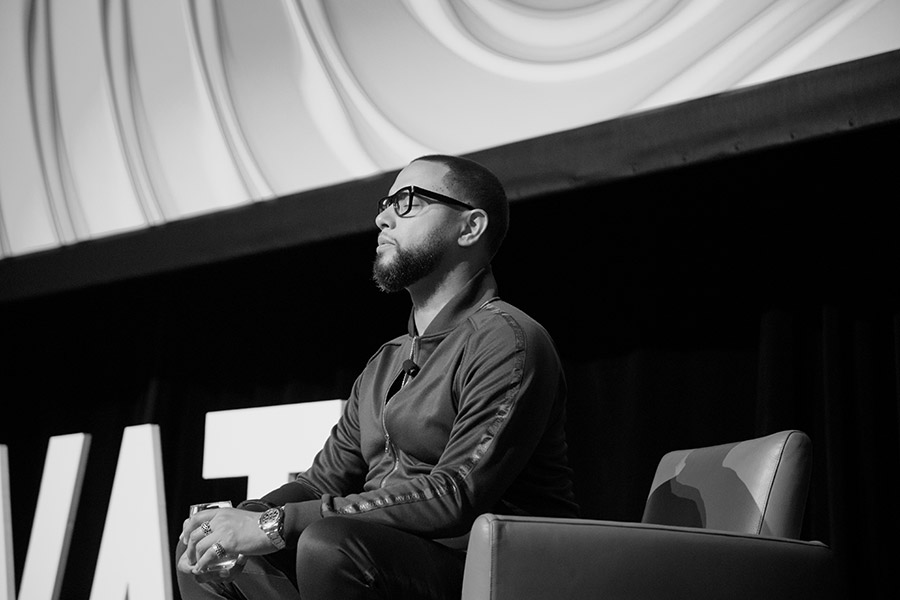
“This photograph is meaningful and inspiring to me because it features the co-founder of Operation Prefrontal Cortex, Julien Christian Lutz, professionally known as Director X, guiding hundreds of students through a meditation at the Design Exchange in Toronto. This image embodies the essence of our mission and the fact that our cofounder transformed his experience of being shot at his own New Year’s Eve party into an organization and program that is saving lives in Toronto and elsewhere through the hard work, dedication and ingenuity of our team.”
A Cigar Merchant
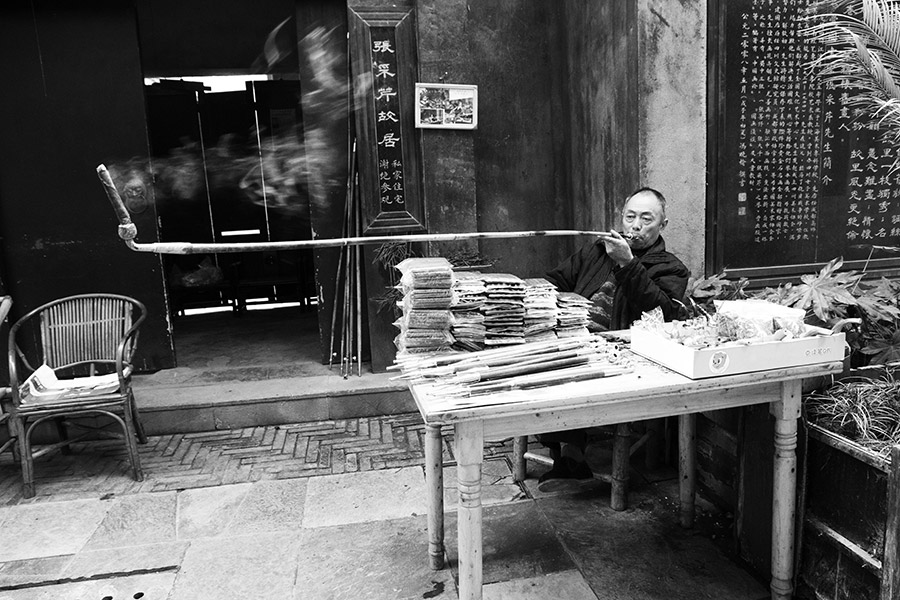
“This is by far one of my favourite portraits. I shot it during my travels throughout China, during a confusing and challenging period in my life wherein I considered moving to China to restart my career.
“Under certain circumstances, building rapport and a meaningful connection with one’s subject yields the most impactful portraits, and I am grateful for the conversation that I had with the gentleman, and for the pipe that I bought from him as a souvenir, as he would not have revealed the gigantic pipe that is in the image otherwise.”
Dancer and Choreographer: Claudia Marjanovic
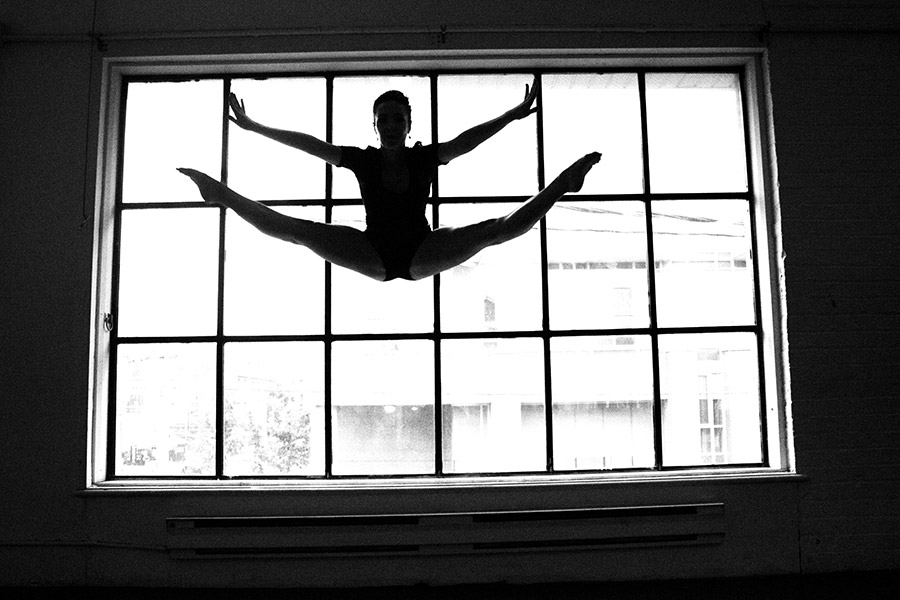
“Claudia Marjanovic and her family have been my clients for many years. Photographing someone as talented as Claudia naturally inspired me, brought out the best in me, and led to the mindfulness and state of flow that helped me to create this portrait. Furthermore, the connection that I have to Claudia allowed me to trust her self-awareness and knowledge of the studio that we were shooting in, such that I was open to her suggestion of photographing her jumping in front of the studio’s large windows.”
A Helmswoman

“Suzhou is often referred to as the Venice of China, due to its many canals, and it is one of the most inspiring and relaxing cities that I have visited. It represents a calming moment during a trip that was everything but calm.”
Sheikh Zayed Grand Mosque
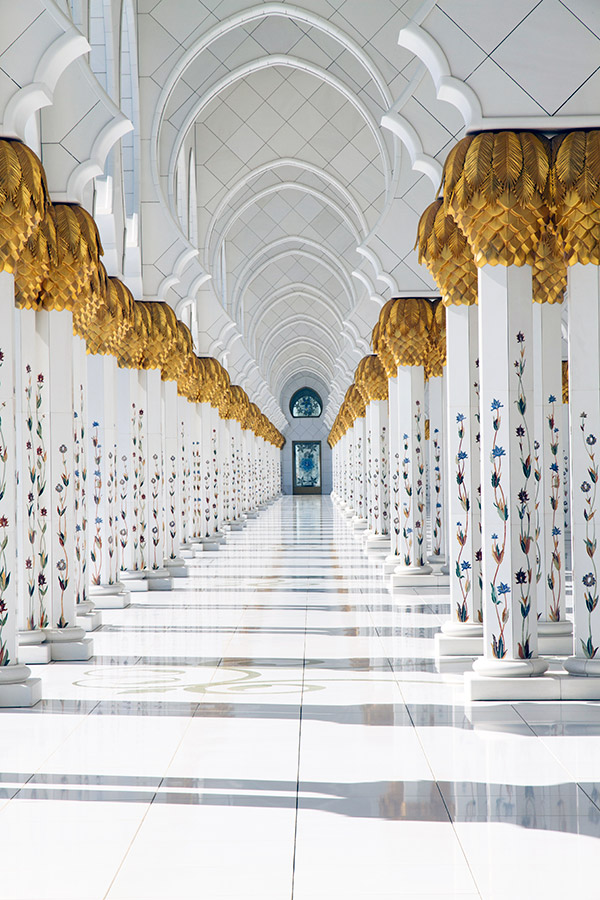
“The Sheikh Zayed Grand Mosque is one of the most beautiful pieces of architecture that I have ever seen or photographed, and it is a true testament to the power of the human mind, and the creativity, altruism and spiritual faith of the individuals who built it.”
Social justice advocacy
Charles has also been using his lens and voice to bring attention to matters of social injustice. This spring, he published an article, “Blackness in North America,” on his blog in which he shares his thoughts and research on the origins of racism and includes images he took at a solidarity march in Toronto. “I believe it’s my responsibility as an artist, as a photographer, as a filmmaker, as a writer to document the largest civil rights movement in modern history,” he says.
That article landed him on a panel produced by the Government of Canada and Manifesto Community Projects, a nonprofit urban arts organization in Toronto. “I plan on not only using photography and filmmaking to document injustices, but I also aim to use those forms of art as a platform that will allow me to speak about these topics.”
Gordon Parks and Jamel Shabazz are two photographers who inspired him to document social injustices. Other artists, entrepreneurs and photographers – both people he knows and those he’s never met – have also influenced him in general, in ways hard to articulate. “I’m a student, first and foremost; I read an excessive amount on a daily basis,” says Charles. “I’m always having my work critiqued, I’m always studying, I’m always looking at different forms of art. It would be hard for me to summarize all the advice I’ve gained, either directly or indirectly.”
Now, Charles enjoys being a mentor himself.
“I engage in teaching youth primarily because other people taught me,” he says. “And because I view it as being the right thing to do. Teaching others reinforces what I know is most beneficial to me and my artwork and my career. I’ve learned so much from my students over the years. Simply receiving great questions opens up new possibilities in my mind. I’ve learned from everyone I’ve taught as well. It’s not a one-way street by any means.”







